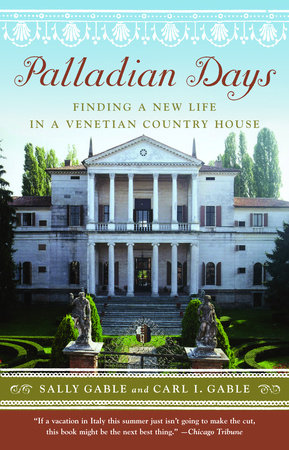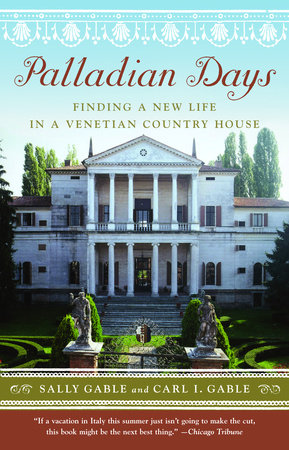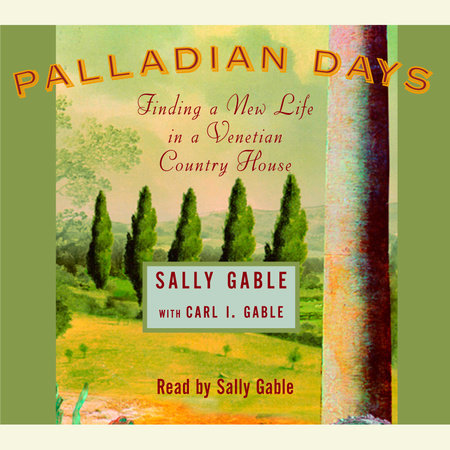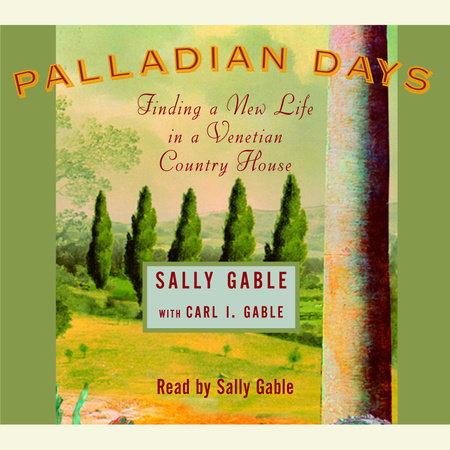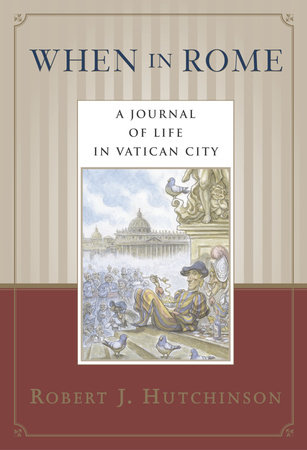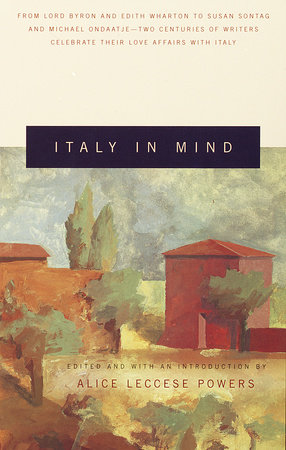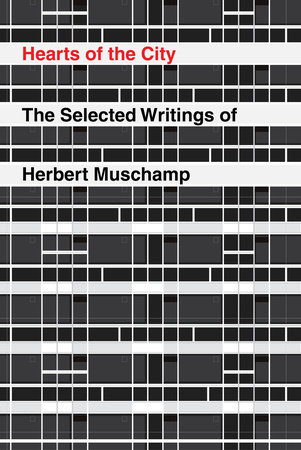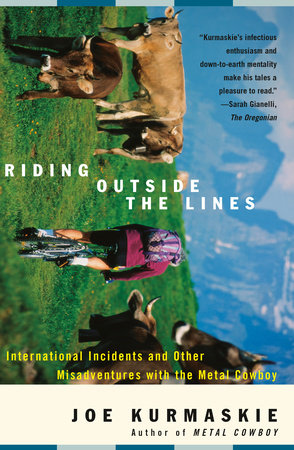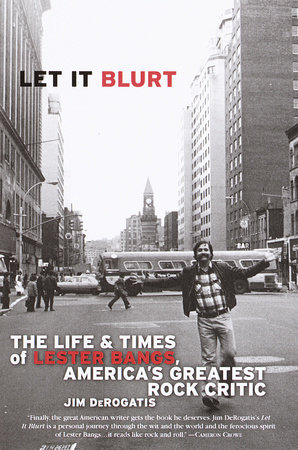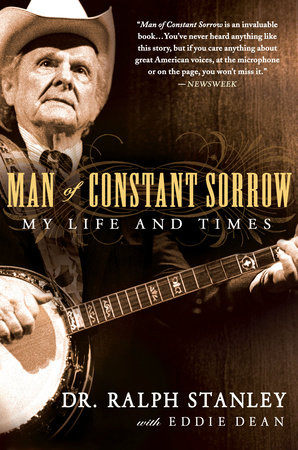A Conversation with Sally Gable
Q: You began looking for a second home in New Hampshire. How on earth did that search lead you to a Palladian villa in Italy?
A: First of all, Carl and I didn’t really have a consensus about looking for a second home. Since I was born and raised in the White Mountains, and since Carl and the children also loved that part of New England, I had decided that a cottage near Littleton, maybe in Franconia or Sugar Hill, would provide an ideal summer spot. Carl had not agreed with this idea, but he hadn’t disagreed either. That was all the commitment I needed.
One Sunday afternoon in April 1987, as I curled up on our living room sofa to begin the New York Times crossword puzzle, I decided to flip through the real estate ads at the back of the magazine to see if any homes in upstate New Hampshire were offered. No luck on that, but another ad caught my eye: An alleged “Palladian villa” not far from Venice, Italy. The attraction was two-fold. First, Carl and I had already made reservations to meet friends from London in the Veneto in June for the precise purpose of visiting some of the Palladian villas. Second, since our trip there two years earlier, Venice was Carl’s favorite city. When I showed him the ad, Carl reacted with a disturbing amount of interest and phoned the real estate agent the next morning. Two years of on-and-off negotiations lay ahead.
Q: Why did you buy the villa?
A: This is the question I am asked most often. The answer is necessarily complicated, because I’ve realized over time that my reasons were several. Yes, I fell in love with the villa immediately, and wholly–emotionally, sensually, intellectually. To contemplate buying it and living there was like being asked to become a princess and live in a fairy tale.
But I was ready to fall in love with an adventurous undertaking. Our youngest child was preparing for college and the older two were off and launched in their lives. My husband had always been totally engrossed in his career and he still traveled a lot.
This villa would– at least initially– be MY adventure: I would be the first to learn Italian, I would be the first to make our home in this new country and become friends with our new neighbors, I would be the first to study this architectural treasure and learn its myriad of secrets. I could escape the totally familiar landscape of Atlanta, where I was
often known as Carl’s wife or our children’s mother, and create my own world in Piombino Dese. It was the opportunity for a new, fascinating life on my own.
But as I spent more and more time in Piombino Dese– indeed, living in my own world abroad– I realized that one reason I fell in love with the villa is because I felt from the beginning and still believe that the villa needs me, me specifically, to take care of it. To tend to its physical needs, such as a new roof or new electrical switches; but more important, to bring life into it, with visits from family and friends, with concerts for the townspeople, with croquet games in the backyard, with luscious smells emanating from the kitchen. The villa needs me as much as I need the villa.
Q: Was there ever a time (like when you had scorpions as roommates!) that you thought: Oh my goodness, what have we done??? Tell us about some of the more harrowing homeowner experiences.
A: Have you ever seen a scorpion up close? They’re really sinister-looking beasts. But they never bothered me that much, because I knew they were basically no more dangerous than a yellow jacket–which we get plenty of in Atlanta. Pigeons are another story: they look nice but are really flying guano machines.
Only twice have I shuddered and asked myself, “Have we acquired a white elephant pastured 5,000 miles from Atlanta? The first was in our early years when I suddenly realized why Giacomo, our part-time custodian, came running over from his cafè every time it rained. Yes, he came to close the shutters on the north windows in order to protect the old panes. But he was also gathering large containers from the basement to place in the upstairs grand salon to catch rainwater streaming down from leaks in the roof. Replacing the roof was a big, immediate, monetary challenge.
Our second major problem was worse. Investigating a mysterious sag in the original terrazzo of the south upstairs porch, Carl and our contractor Angelo discovered that the wooden beams supporting it had mostly turned to dust! We were lucky the whole porch hadn’t collapsed on us while we were having an evening prosecco on the porch below. Angelo immediately erected support scaffolding all across the south face of the villa, while we applied to the Soprintendente di Belli Arte’s office for a permit to make the repairs. Permission arrived almost one year later. In the meanwhile, we were left to agonize each day over the wound to our beloved villa.
Q: How did the people of Piombino Dese greet the arrival of their newest residents?
A: My introduction to the Piombinese was really quite remarkable, particularly since they have an initial tendency to be cautious with strangers.
Maybe it’s because in our first spring there I arrived at the villa entirely alone. A certain circle of women– Silvana Miolo, Bianca Battiston and a few other ringleaders–decided that I must be lonely at the villa by myself, so one evening they planned a welcome-to-town pizza party. There must have been 30 or 40 women there! Some of them are still among my best friends, more than 15 years later. That seemed to break the ice, partly because it put me more at ease. After a while, strangers waiting in line at the butcher shop would offer me recipes. Others would stop me on the street to say that as children they attended the parochial kindergarten that was operated in the villa in the 1950s; they were eager to tell me of their mischievous exploits as students. One day the pilot of an ultralite airplane, someone we had never met, waved at us as he flew by.
Simple curiosity, of course, was a factor in the community’s early interest in us. But I think they sensed right away that we wanted to be Piombinese ourselves. We wanted to be neighbors, not just visitors. And, for the most part, that’s the way we’ve been accepted. Don Aldo, the head priest, even publishes our Christmas letter-card in the parish newsletter. The Piombinese seem glad that the villa is in the care of a family. They respect the fact that thousands of people each year visit the Palladian villa in their town. They appreciate the opportunity to visit the villa themselves for concerts and plays. And when, like other local grandmothers, I parade my visiting grandchildren all over town, the Piombinese make the same fuss over them that they do for their own!
Q: It’s hard enough maintaining a small apartment, how does one begin to care for a home that includes 104 frescos and 44 pairs of shutters?
A: Wonderful friends help us care for the villa. First come Silvana and Giacomo Miolo, who own Caffè Palladio across the street. In our book we describe Giacomo as our own Figaro because he answers our every need, either himself or by finding the right person to assist us. With their sons Riccardo and Leonardo, Silvana and Giacomo schedule and supervise the visiting tour groups, open and close the villa (and all its shutters), and introduce us to other people we need to know to take care of Villa Cornaro. Riccardo, who was ten when we first arrived in Piombino Dese, is now a graduate student in archeology. He and I correspond via email about the needs of the villa during the winter months. The whole family loves Villa Cornaro as fiercely as Carl and I do, and they are as protective of it as we are.
The contractor who re-roofed the villa and reconstructed the south portico, Angelo Marconato, has become a dear friend. He works with his three sons and is a major builder in our region. We occasionally join him and his wife on Sunday evenings for their weekly family dinner, which with their children and grandchildren brings twenty-two Marconatos and spouses to the table.
Another local friend and his son are our supervising engineers for projects at the villa, and they recommend specialists such as a person to re-create the terrazzo on the south portico exactly like Palladio’s original. We also trade war stories with other villa owners, who are very helpful with their suggestions.
Q: You set out to learn much about the history of your home and of the famous architect who built it. Tell us some of the more interesting things you discovered about the villa and about Palladio and the Cornaro family.
A: One of the great satisfactions of our lives in Italy is that we are constantly discovering new things about the villa, about Palladio, and about the Cornaros– I mean, every week, every day.
For instance, this past fall I worked at removing recent whitewash on the walls of two small rooms in the attic. Underneath the paint I discovered fantastic drawings of dragons, duck-like creatures, men in period costumes. One of the dragons was clearly dated 1722! Plus there are many later signatures and dates all the way up to early twentieth century messages by Italian soldiers billeted in the attic during the First World War.
Carl, who has been studying the villa’s one hundred and four frescos for years, has just made a breakthrough discovery of the book from which all the Biblical images were taken. And we learn so much from informed tourists who visit the villa. One day a visitor looked at a now-headless statue on the south portico and casually informed us that the subject was a pilgrim to Santiago de Compostela. As proof, she pointed to the shell-like emblem on the figure’s lapel. Another visitor has suggested that one of the frescos seems to be painted by a different hand; we’re looking into it!
As for Palladio, the depth of his genius greets me each morning at the villa, when I descend the west wooden stairs from our bedroom to the kitchen. Like one of Bach’s great fugues, the villa’s perfection is realized best by familiarity, by daily study and constant reflection.
The Cornaro family was one of the founding families of Venice and involved in every event in its history. We’ve just recently made contact with some Cornaros in Croatia who are direct descendants of Giorgio Cornaro, who built our villa. Giorgio’s grandson was commander of Venetian forces fighting in present-day Croatia in the 1600s, and we’ve learned that one of his sons married and remained there. Imagine a family that can trace its own history more than one thousand years.
Of course, Venice itself lies at our doorstep, just 40 minutes away by train. A thousand years is not enough to study all this.
Q: How has owning this villa changed your lives?
A: It seems just yesterday that I drove from Marco Polo Airport, cautiously approaching my new summer house alone for the first time. I did not realize then how profoundly the villa would transform my life, and me. I barely understand it now.
There has been language to learn, of course. It was clear right away that I must speak Italian or I would not be speaking at all. I must learn great chunks of architecture and history, or I would be no more than a camper in my own villa. I must learn more about art, or the train ride into Venice would be pointless. I must plumb new depths of human understanding and candor, or I will never really communicate with my new neighbors. I must find new courage to deal with the unknown and unfamiliar. (But politics? I’m not sure even the Italians understand Italian politics!)
Now I’ve grown confident in my second world. Villa Cornaro attracts princesses, future first ladies, cabinet members, museum directors, scholars, magazine writers and TV interviewers, and I’ve found a strength for dealing with it. Venetans have the remarkable ability for celebrating the artistry of every person, for building their confidence to sculpt or paint or learn to play the cello. Or perhaps write a book. This spirit has infected me.
An engaged life in Italy, especially in a Palladian villa, is a life filled with art and history as everyday companions. So today I see the physical world differently from my first arrival at Villa Cornaro. I observe spatial relationships differently; I study the myriad colors in ordinary objects around me; I feel in storms and sunny days the drama of the Italian countryside.
How has owning this villa not changed our lives?
Q: What advice would you give to couples looking to buy a second home, either here or abroad?
A: Do it! Especially if it places you in a different culture, not just a different setting. Especially if you want to expand your life, to challenge yourself. For me, a second home should be a second life, more than just a place to see your same old friends and think your same old thoughts with a different backdrop.
Our time in the Veneto makes me feel 100% alive. It fills me with a need to learn Italian, understand a new culture, study new art, hear new music, watch new birds, see new countryside, learn new recipes. A second home should be relaxing, but I relax best when I’m busy without deadlines, not when I’m idle.
